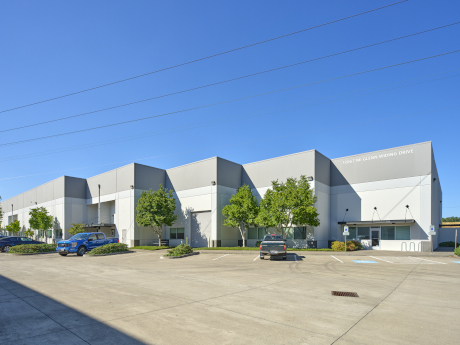— By Gabe Schnitzer, Vice President of Industrial Properties, Norris & Stevens —
Portland and Southwest Washington possess a total industrial real estate market of 233 million square feet. Portland is frequently praised as the most affordable city on the West Coast, offering lower average home prices compared to its northern and southern counterparts, while providing a high quality of life for its residents. From 2017 to 2022, Portland’s average annual industrial sales volume was $810 million, with institutional funds accounting for 20 percent of the total sales volume during that time. This represented the highest average industrial volume for the city, with early 2022 boasting nearly $1.4 billion in total sales volume.
Then Portland experienced its wake-up call.
Ill-conceived legislation, poor leadership and damaging national media coverage caused the city’s reputation to decline. This, in turn, led to a significant drop in the city’s industrial sales volume. From 2022 to 2023, the volume fell by almost $500 million. Despite hopes of stabilization in 2024, sales volume dropped further by nearly $150 million. While some of this decline can be attributed to interest rates and other macroeconomic factors beyond Portland’s control, the impact on institutional investors has been severe. Their contribution to transactional volume has plummeted from 20 percent to a mere 5 percent during this time of significant decline.
Following this period of pain, our antibodies are now kicking in. We have elected a new governor, a new district attorney and have repealed Measure 110, which had allowed for the decriminalization of all drugs. The industrial vacancy rate through the first quarter of 2024 was just under 3 percent, and we have seen an increase in the average asking price per square foot, per month to $0.95, triple net. We have also experienced an increase in interest rates and cap rates, which are averaging 6.8 percent.
As Portland begins to recover, the majority of the transaction volume has been driven by owners, users and Pacific Northwest investors. This presents an opportunity for a few institutional investors to acquire deals with relatively minimal competition. However, as conditions continue to improve, we can anticipate a return to higher sales volumes and increased institutional capital.


